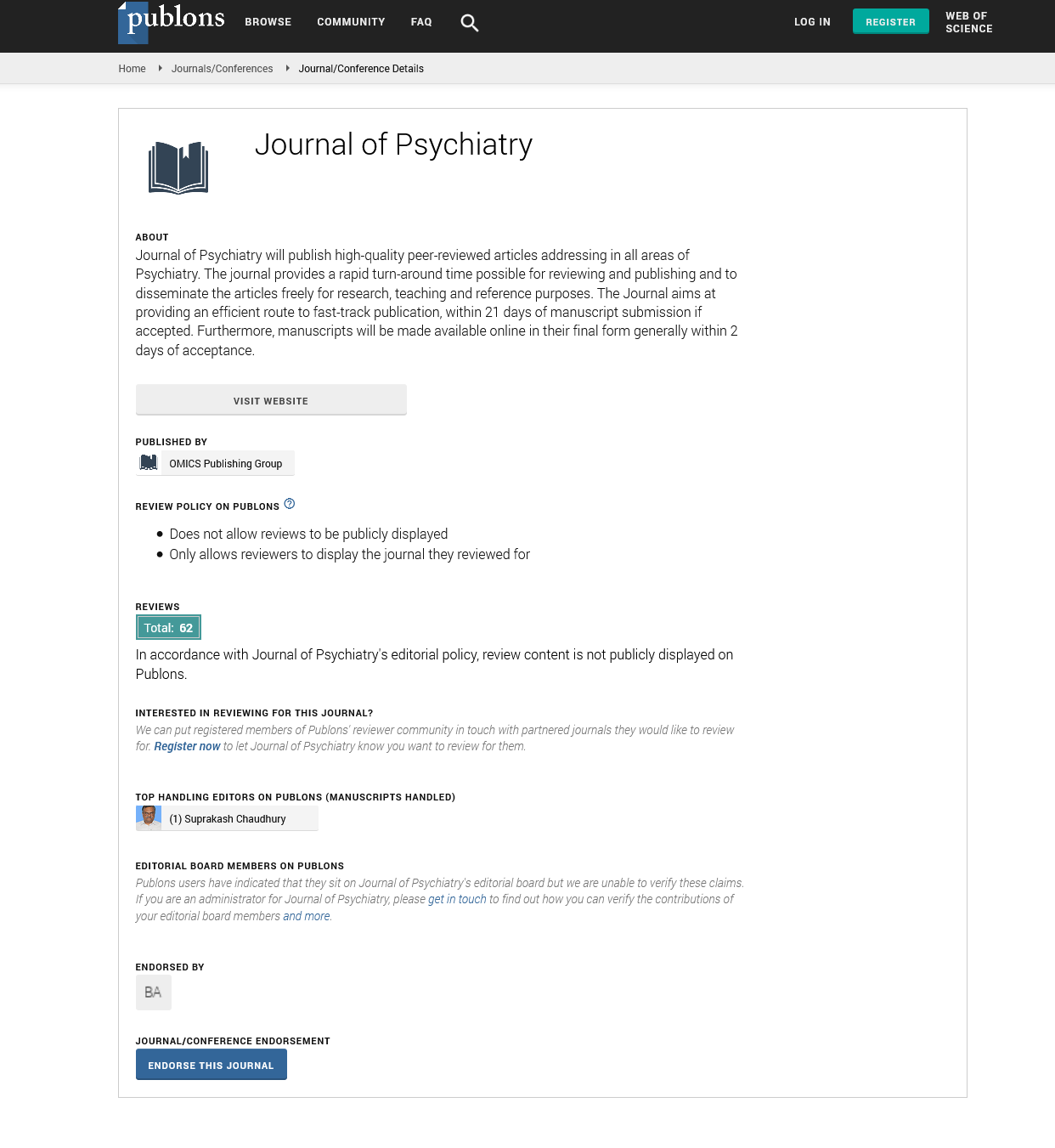Indexed In
- RefSeek
- Hamdard University
- EBSCO A-Z
- OCLC- WorldCat
- SWB online catalog
- Publons
- International committee of medical journals editors (ICMJE)
- Geneva Foundation for Medical Education and Research
Useful Links
Share This Page
Open Access Journals
- Agri and Aquaculture
- Biochemistry
- Bioinformatics & Systems Biology
- Business & Management
- Chemistry
- Clinical Sciences
- Engineering
- Food & Nutrition
- General Science
- Genetics & Molecular Biology
- Immunology & Microbiology
- Medical Sciences
- Neuroscience & Psychology
- Nursing & Health Care
- Pharmaceutical Sciences
Abstract
Summarizing the New Insight of Grit - and Ways to Support It Through Positive Music Education
Katri Olander* and Suvi Saarikallio
This review article summarizes new insights on grit. It visualizes the role of fortitude (resilience) in an optimal kind of a learning process, where the student has intrinsic motivation to learn, and the environment supports grit. This study advances the theory of positive education that is “for both skills and happiness”. The data were collected by mixed methods from two Finnish comprehensive schools in the capital city area: music class students (2017, N=79, ages 9-11 and 2020, N=70, ages 10-14) and their teachers and a regular class as a control group (N=26) to enable comparisons. The research questions were: 1) What elements supported children’s grit to study music? 2) How musical grit, musical flourishing, self-efficacy, general flourishing and feel of flow correlated? 3) How could “musical grit” be modeled? The research process was deductive-inductive and produced the grit model of trust, hope and love that adopts the definition of grit as “perseverance and passion for long-term goals”, but zooms in deeper to both of those concepts. Perseverance can be understood to be a result of “Received love” and “Trust.” Passion gets ignited and maintained by “Hope” and “Shared love and flourishing.” The new model also builds a picture of two “grit mindsets”: Perseverance gets support from the “growth mindset” and passion from the “becoming me mindset”. Students in music classes were measured as having higher perseverance. They experienced more musical flourishing compared to the control group. The duration of extracurricular playing studies correlated with musical flourishing, which further correlated with self-efficacy, general flourishing and the prevalence of flow experiences. Long-term music studies built communal type of resilience that seemed to offer beneficial transfer-effects to music classes all schoolwork.
Published Date: 2024-09-13; Received Date: 2024-08-12

